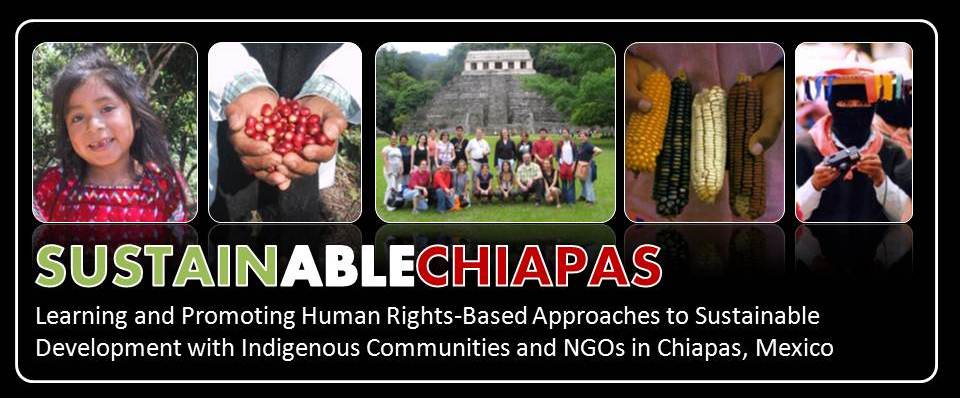“How far does the Catholic Church in Chiapas allows inculturation of Mayan indigenous?” I asked this question to Fr. Pedro Arriaga, a Jesuit priest who spent years with Tzotzil Mayan indigenous communities. However, his answers did not suffice my critical mind and my curiosity. Thus, I write this reflection to dig deeper to the issue. This article deals on questions on syncreticism, inculturation and cultural sustainability and to try objectively in finding some answers (or more questions?) to these issues.
Observation: Seeing with eyes of an outsider
It is undeniable that every foreigner visiting certain indigenous communities brings his/her own cultural and personal background in his/her observations. I am not excuse to it. Although I lived and worked for a number of years with indigenous communities in Taiwan, trying to understand and help inculturate some of their indigenous culture to present Christian beliefs, I still look at myself as an outsider to a community I learned to embrace and understand. Doing inculturation is a complex process for it calls for a “creative and dynamic relationship between Christian message and indigenous culture”. Inculturation puts emphasis on creativity and dynamism of relationship. The question is: How far? The things I saw in the church of Chamula made me asked that question.
The Case of Chamula: Syncretism or Inculturation?
The church in Chamula is run and manage independently by the indigenous community. According to a story, on the height of liberation theology in Chiapas, the indigenous community of Chamula expelled the parish priest who wanted to implement some revolutionary changes in the parish. Since then, the Catholic Church was prohibited from doing sacramental services, which only recently have gained access to do a monthly Sacrament of the Eucharist inside the church.
Indigenous people who seek physical or spiritual healing for themselves or for others frequently visit the church. Mayan priests are there ready to do rituals using herbs, chickens, candles, wooden sticks, soft drinks (Coca-cola or Pepsi) and chants. Smoke from burning candles fill the church; while cacophonies from mayan priests’ prayers surround the church’s solemn atmosphere. Catholic symbols are everywhere – crosses, images of saints, rosary beads and the likes. The church building is an everyday witness of how indigenous beliefs are intertwined with the beliefs brought by Catholicism.
The rituals in the church of Chamula are the epitome of syncretic practices and beliefs of Mayans and Catholicism but not inculturated forms. It is just a case of indigenous people combining traditional practices and beliefs with Catholicism. Theirs has not yet reached the stage of cleansing beliefs and practices that are incompatible for both indigenous Mayans and Catholicism. When that stage occurs, then inculturation begins to happen.
Inculturation: Syncretism of goodness and beauty of both cultures
Inculturation must pass certain criteria to be authentic. There are a number of schemas use in evaluating the authenticity of inculturation, but most of them consist of basic elements namely, the Christian message, the cultural situations, and the pastoral agents.
Is the element being inculturated faithful to the Christian message? Does it shows universal goodness? Are the people themselves with the help of church leaders and scholars doing the process of inculturation? If these three elements are present, then authentic inculturation may happen. This process of authenticating inculturation may sound easy in this article, but it is a complicated matter that needs thorough understanding.
For us who are not so familiar with inculturation, let us just simply say that inculturation is done collaboratively by the indigenous community and church leaders in syncretizing the goodness and beauty of both indigenous culture and Catholicism.
Inculturation: A way for cultural sustainability
In the light of sustainable development, does inculturation helps in cultural sustainability? Inculturation is not changing of culture over another; it is rather preserving and developing the good elements of culture and adds Christian meaning to them. Some elements of both indigenous and Catholicism may lose in the process, but these elements may not be essential to both parties. An authentic inculturated element of indigenous culture shows values and goodness of its culture with deeper and relevant meaning because of integration of Christian meaning.
Inculturation is not an imposition of Christian practices and beliefs to certain culture, rather giving Christian message to already established values. The people themselves with the help of church leaders will discern which elements are to be inculturated. This kind of process is in consonance with the process on cultural sustainability that calls for decision from below.
For more readings on Inculturation and Syncretism kindly click:
www.loyolajesuit.org/peter_schineller/resources/SYNCRET1.doc
http://www.newadvent.org/cathen/14383c.htm
http://www.caribbeantheology.net/Inculturation.htm
Reference:
Schineller, Peter, S.J. Inculturation and the Issue of Syncretism: What is the Real Issue? www.loyolajesuit.org/peter_schineller/resources/SYNCRET1.doc [accessed April 1, 2010]
Shorter, Aylward. Inculturation of African Traditional Religious Values in Christianity – How Far? http://www.afrikaworld.net/afrel/shorter.htm [accessed March 31, 2010]
